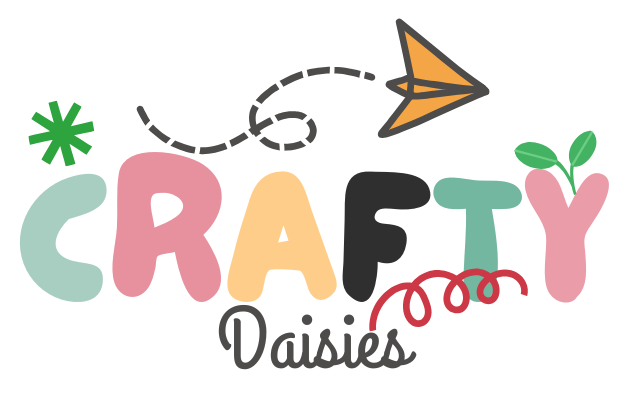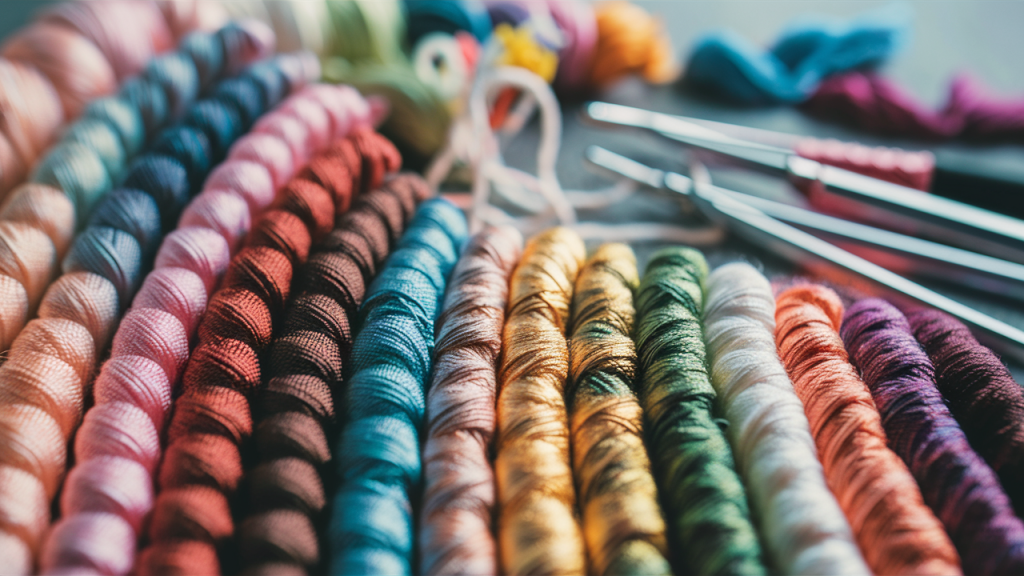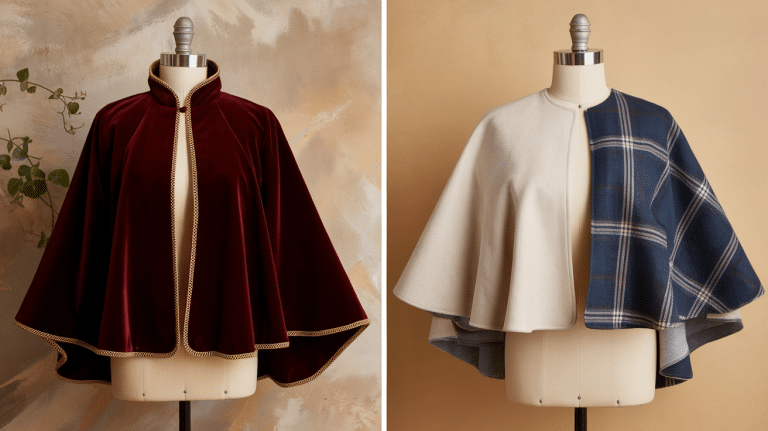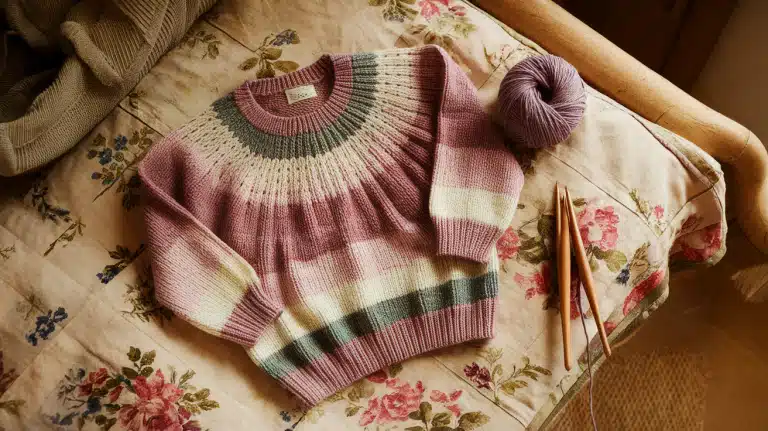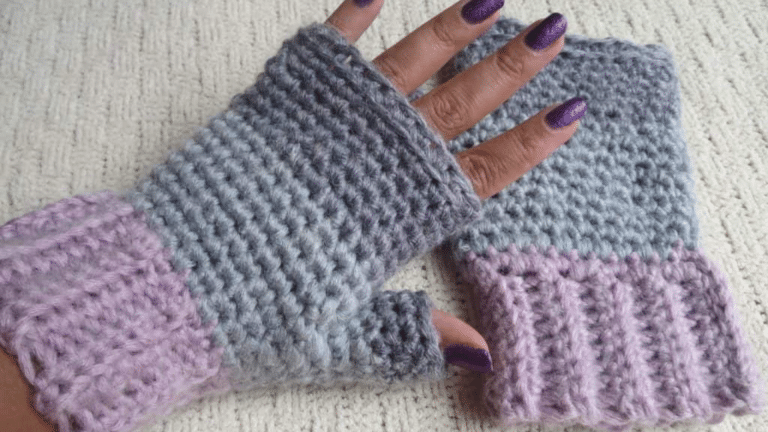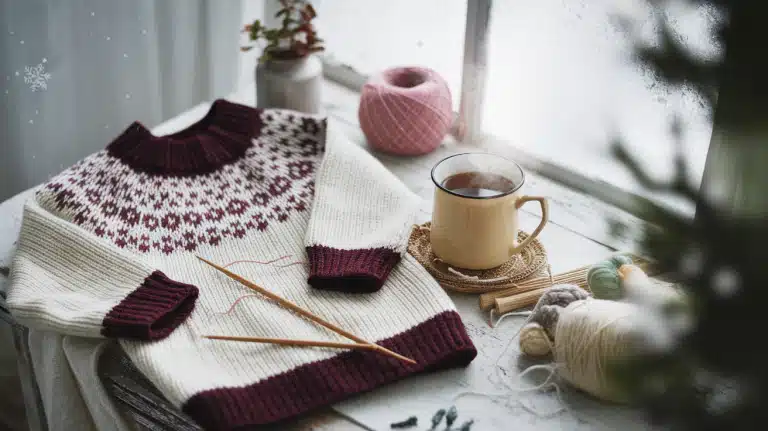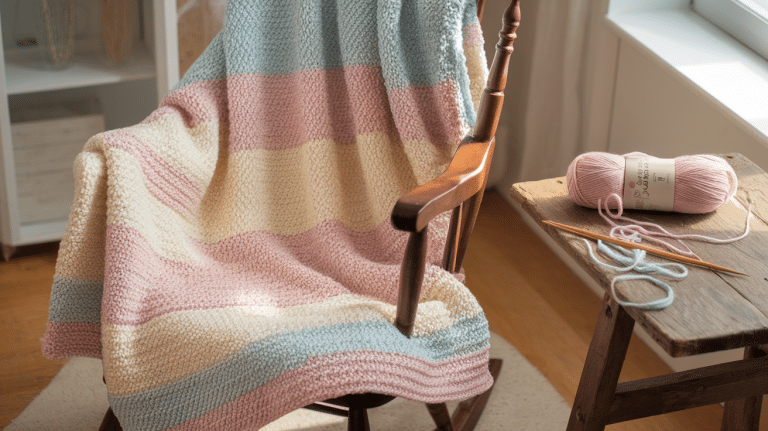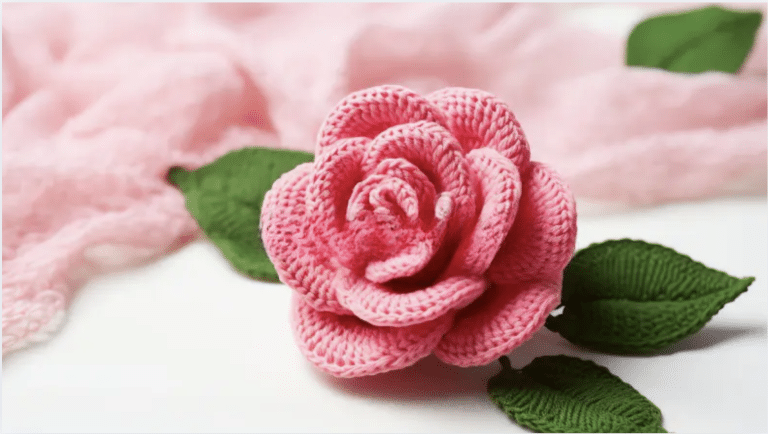If you’ve ever felt confused about crochet thread sizes, you’re not alone. Choosing the right thread is crucial to achieving the desired results, whether you’re creating delicate lace, doilies, or something entirely different. In this guide, we’ll break down crochet thread sizes and explain how to pick the perfect one for your project.
You’ll learn how different sizes affect your work, from the thickness of the fabric to the final look. Whether you’re a beginner or looking to refine your technique, I’m here to help you make the best choice. By the end of this article, you’ll feel more confident in selecting the right thread for your next crochet project.
Trust me—getting your thread size right can save you time and frustration. Let’s look in and get you on the right track for your next creative endeavor.
What Are Crochet Thread Sizes and Why Do They Matter?
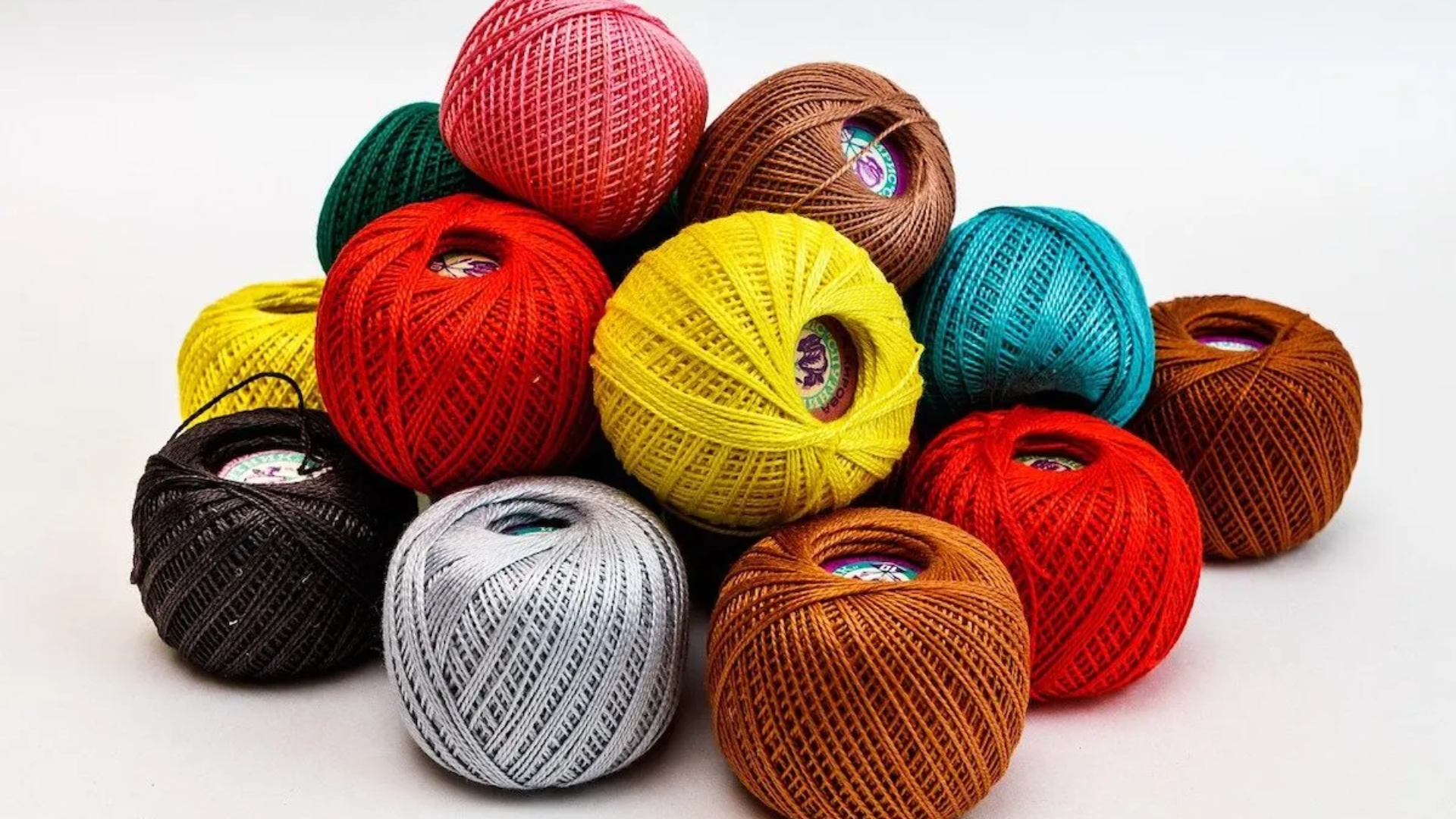
Crochet thread sizes refer to the thickness or fineness of the thread. The larger the number, the thinner the thread. The smaller the number, the thicker the thread.
For example:
-
Size 3 is thick.
-
Size 10 is thinner.
-
Size 100 is super fine.
Choosing the right thread size has a significant impact on the appearance and feel of your project. If you use a thread that’s too thick, your piece might turn out stiff. If it’s too thin, the pattern may not appear clearly.
The right thread can also affect the time it takes to finish. Thicker threads work up faster, while thinner ones can take longer.
Here’s why thread size is so important:
-
It affects texture.
-
It affects appearance.
-
It affects durability.
Selecting the right size makes your project easier and ensures the best finish.
Common Crochet Thread Sizes and Their Uses
Here’s a quick overview of the most common crochet thread sizes and where to use them. Each size has its special role in your projects.
-
Size 3: This is the thickest thread. It’s ideal for larger items, such as rugs and baskets. Think of it like lightweight yarn. You can also use it for other home decor projects, like table mats.
-
Size 5: A little thinner than Size 3. It’s perfect for doilies and table runners. This size also works well for placemats or decorative accessories.
-
Size 10: This is the most popular size. It’s versatile. You can use it for doilies, shawls, and even jewelry. It’s a go-to for many projects and is widely available.
-
Size 20: This thread is finer. It’s ideal for delicate lacework and tatting. You can also use it to make delicate scarves or other lightweight accessories.
-
Size 30: Even thinner. Use it for intricate lace and heirloom pieces. It’s ideal for small, intricate crochet items, such as ornaments or jewelry.
-
Size 40–100: These are extra fine threads, perfect for highly detailed lace and jewelry. They are also used for creating fine, delicate edging and accessories.
Here’s a simple table to help you visualize:
| Thread Size | Thickness | Common Uses |
|---|---|---|
| Size 3 | Thickest | Rugs, baskets, home decor |
| Size 5 | Slightly thinner | Doilies, table runners |
| Size 10 | Most popular | Doilies, shawls, jewelry |
| Size 20 | Finer | Lacework, tatting |
| Size 30 | Even finer | Intricate lace, heirloom pieces |
| Size 40–100 | Extra fine | Detailed lace, jewelry |
Choosing the right size is crucial for achieving the desired look and feel for your project.
The Best Crochet Hooks for Different Thread Sizes
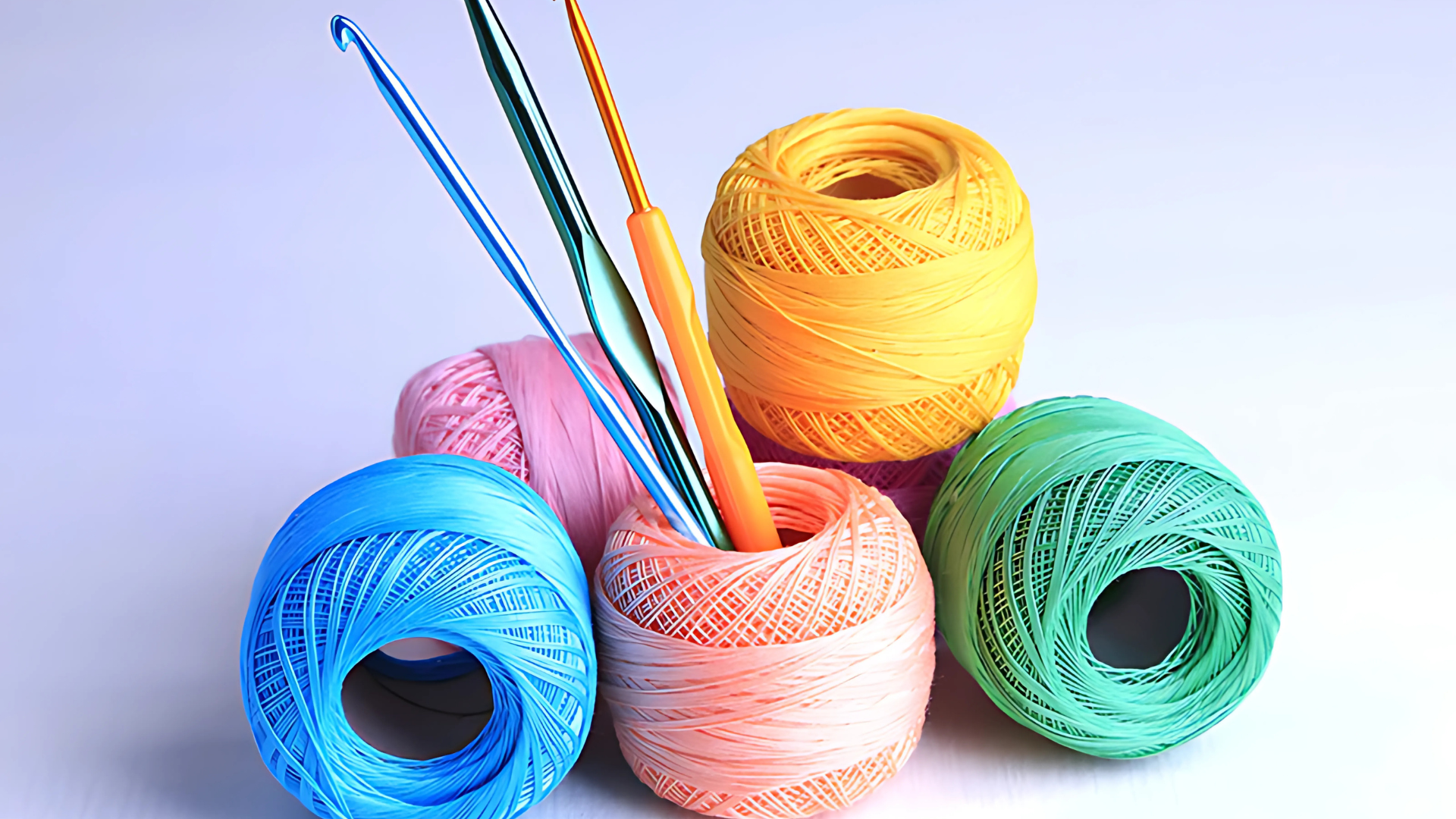
Choosing the right crochet hook is just as important as picking the right thread size. If your hook is too big or too small, your stitches won’t look right. Let’s talk about which crochet hooks work best with different thread sizes.
For beginner crocheters, I recommend starting with a larger hook when using thicker yarn or thread. This makes it easier to handle and gives you better control. For finer threads, use a smaller hook to keep your stitches tight and even.
Here’s a quick guide to help you choose the right hook size based on the thread you’re using:
| Thread Size | Recommended Hook Size | Best For |
|---|---|---|
| Size 3 | 2.25mm to 3.5mm (C or D) | Rugs, baskets, and home decor |
| Size 5 | 1.75mm to 2.25mm (B or C) | Doilies, table runners |
| Size 10 | 1.25mm to 1.75mm (B or 00) | Doilies, shawls, jewelry |
| Size 20 | 0.75mm to 1.25mm (10 or 11) | Lacework, tatting |
| Size 30 | 0.60mm to 0.75mm (11 or 12) | Intricate lace, heirloom pieces |
| Size 40–100 | 0.50mm to 0.60mm (14 or 16) | Detailed lace, jewelry |
-
For beginners, starting with a Size 3 or Size 5 thread and a C or D hook will help you feel comfortable.
-
For advanced crocheters, you can challenge yourself with finer threads and smaller hooks.
Tip: If your work feels too tight or too loose, adjust your hook size. It makes a big difference in how your project turns out.
Tips for Beginners
If you’re starting, I recommend beginning with Size 3 or Size 5 threads. These are easier to handle and not too thin. You’ll get a feel for the stitches without feeling overwhelmed by tiny, delicate thread.
It’s also a good idea to use ergonomic hooks. They are designed to be easier on your hands. If you crochet for a while, you’ll notice less strain and more comfort. Trust me, this makes a big difference!
And don’t forget about lighting. Good lighting helps you see the fine details of your work. It can reduce eye strain and make crocheting more enjoyable. A well-lit area is key when working with thread.
Here’s a quick checklist for your setup:
-
Start with Size 3 or 5 threads.
-
Use ergonomic hooks for comfort.
-
Work in a well-lit space to avoid eye strain.
These simple steps will help make your crochet journey much easier and more enjoyable!
How Crochet Thread Sizes Affect Your Projects
The size of the crochet thread you use can significantly alter the overall look and feel of your project. Different thread sizes can affect the texture, appearance, and even the durability of your finished piece.
-
Texture: Thicker threads, like Size 3, will give your project a heavier, sturdier feel. They’re great for home decor items, such as baskets or rugs. On the other hand, thinner threads, such as Size 30, make projects feel delicate and lightweight, making them perfect for lacework or fine details.
-
Appearance: The size of the thread can affect how your design appears. With thicker threads, your stitches are more visible and bold. With finer threads, like Size 40–100, the stitches become more detailed and intricate. This is ideal for jewelry or delicate accessories.
-
Durability: Thicker threads tend to hold up better over time. Items made with Size 3 or Size 5 thread, such as table runners or coasters, are more durable and can withstand greater wear and tear. Finer threads, such as Size 10 and above, are better suited for decorative pieces but may not be as long-lasting in everyday use.
So, next time you pick a thread, think about the look and use of your project. Would you prefer a bold statement piece or a delicate accessory? Your choice of thread size will make a big difference!
Tips and Tricks for Working with Crochet Thread
Working with crochet thread can be a bit tricky at first, but with a few tips, you’ll feel more confident. Let me share some practical advice to help you achieve the best results.
-
Control Your Tension: One of the most important things to remember is to maintain even tension. If your stitches are too tight, it can be hard to move the thread. If they’re too loose, your work may look sloppy. Practice to find a comfortable tension that works for you.
-
Read Patterns Carefully: Thread crochet patterns can be tricky, especially when they’re for delicate work like lace. Always read through the pattern before you start. Mark off each row as you go to stay on track.
-
Manage Fine Threads: Fine threads, such as Size 20 and above, can be challenging to handle. Use a hook with a smaller head to keep the thread in place. If the thread keeps slipping, try using a thread conditioner to make it smoother and easier to work with.
Here’s a quick summary for you:
-
Keep tension even for smooth stitches.
-
Read patterns carefully before you start.
-
Use a smaller hook for fine threads.
With practice, these tips will make working with crochet thread easier and more enjoyable.
How to Care for Crochet Thread Projects
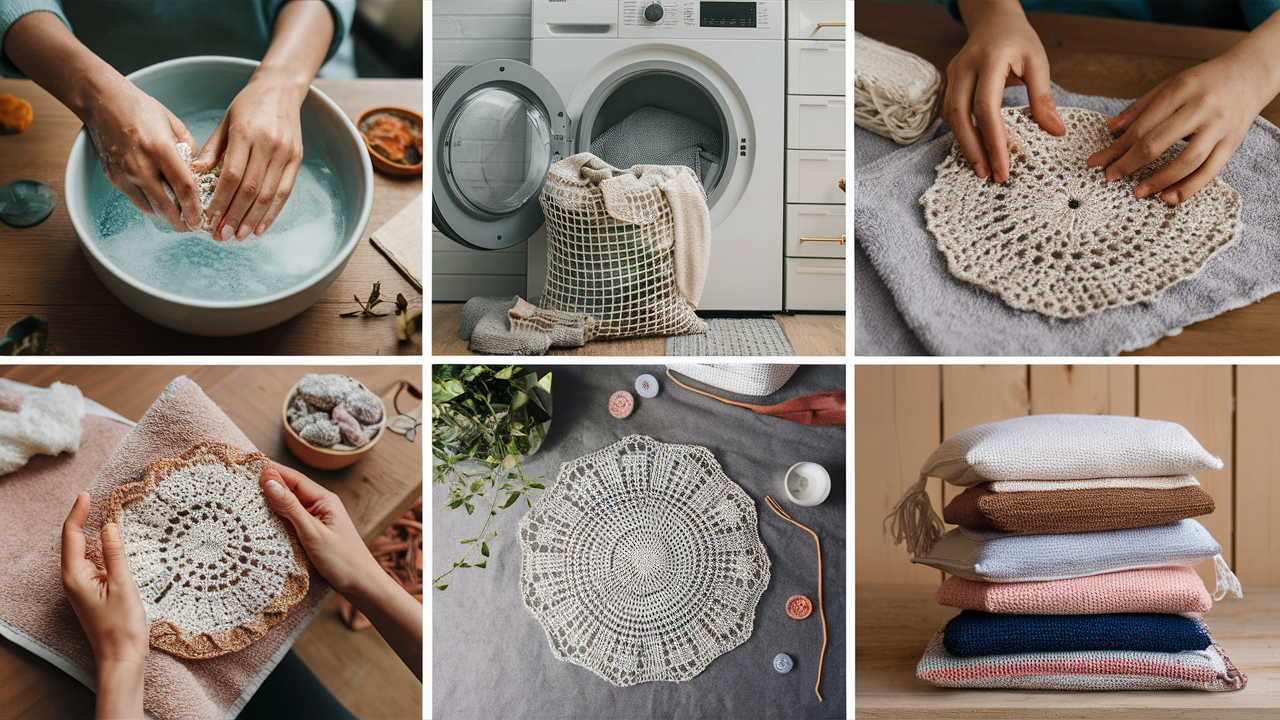
Taking care of your crochet thread projects is important if you want them to last. The right care can keep your pieces looking fresh and beautiful for years to come. Here’s what you need to know:
-
Washing: Always refer to the care instructions on the garment label. Most thread projects should be hand-washed in cold water. If you use a washing machine, select a gentle cycle and place your project in a mesh bag to protect it from damage. Avoid harsh detergents.
-
Drying: After washing, gently press out excess water without wringing the fabric. Lay your project flat to dry on a clean towel. Avoid hanging it, as that can cause stretching. For delicate pieces, you can block them to help maintain their shape.
-
Storing: When you’re not using your crochet thread projects, store them in a cool, dry place. Avoid storing them in damp or humid areas, as moisture can cause damage to the items. You can also use fabric storage bags or plastic bins to keep them safe from dust.
Here’s a quick checklist:
-
Hand wash in cold water for most thread projects.
-
Dry flat to maintain shape.
-
Store in a cool, dry place to avoid damage.
By following these steps, your crochet thread projects will stay in great shape, and you’ll be able to enjoy them for a long time.
Conclusion
Now that you know the basics of crochet thread sizes, I encourage you to experiment with different threads to find the ones that work best for you. Each size has its unique feel, and with practice, you’ll discover which threads give you the look and texture you want in your projects.
Whether you’re working on a simple doily or an intricate lace design, don’t be afraid to try out a variety of sizes. Remember, there’s no one-size-fits-all. Some projects will look better with thicker threads, while others will shine with fine, delicate threads.
Take your time and enjoy the process. The more you practice, the easier it will become to choose the right thread for each project. So, grab your hooks and start experimenting—your next beautiful creation is just a few stitches away!
If you found this guide helpful, be sure to check out Crochet Bear Pattern for more tips, patterns, and techniques! Whether you’re a beginner or looking to level up your skills, there’s always something new to learn. Happy crocheting!
Frequently Asked Questions
What is the difference between crochet thread and yarn?
Crochet thread is thinner and firmer than yarn, making it ideal for lace, doilies, and delicate projects, while yarn is thicker and better for sweaters and blankets.
Can I use a regular yarn hook for crochet thread?
It’s best to use steel crochet hooks for thread work. Regular yarn hooks may be too thick, making it harder to create fine, delicate stitches with thread.
How do I prevent crochet thread from tangling?
Keep your thread on a spool or use a thread holder to prevent tangling. You can also unwind a little at a time as you work.
